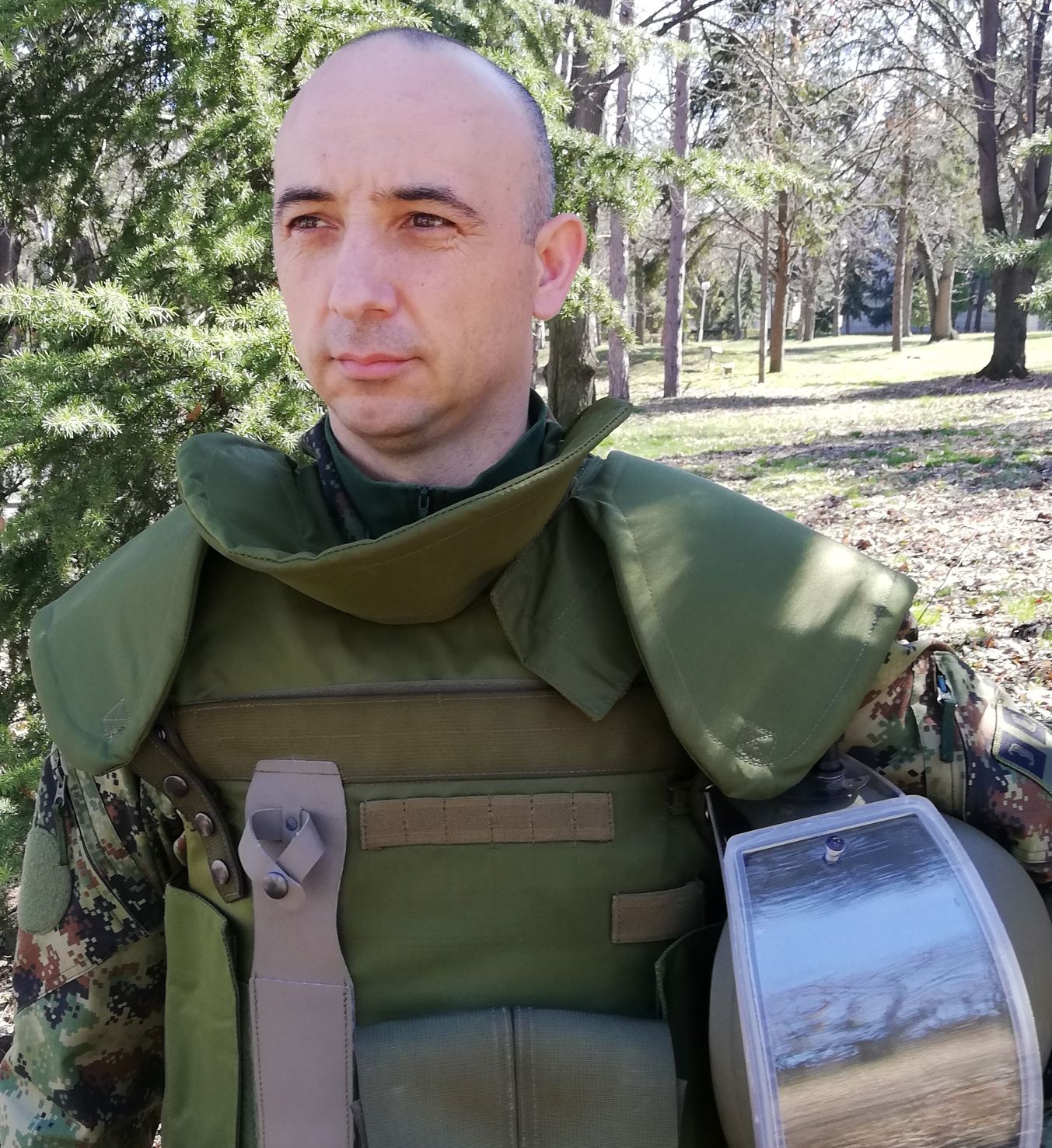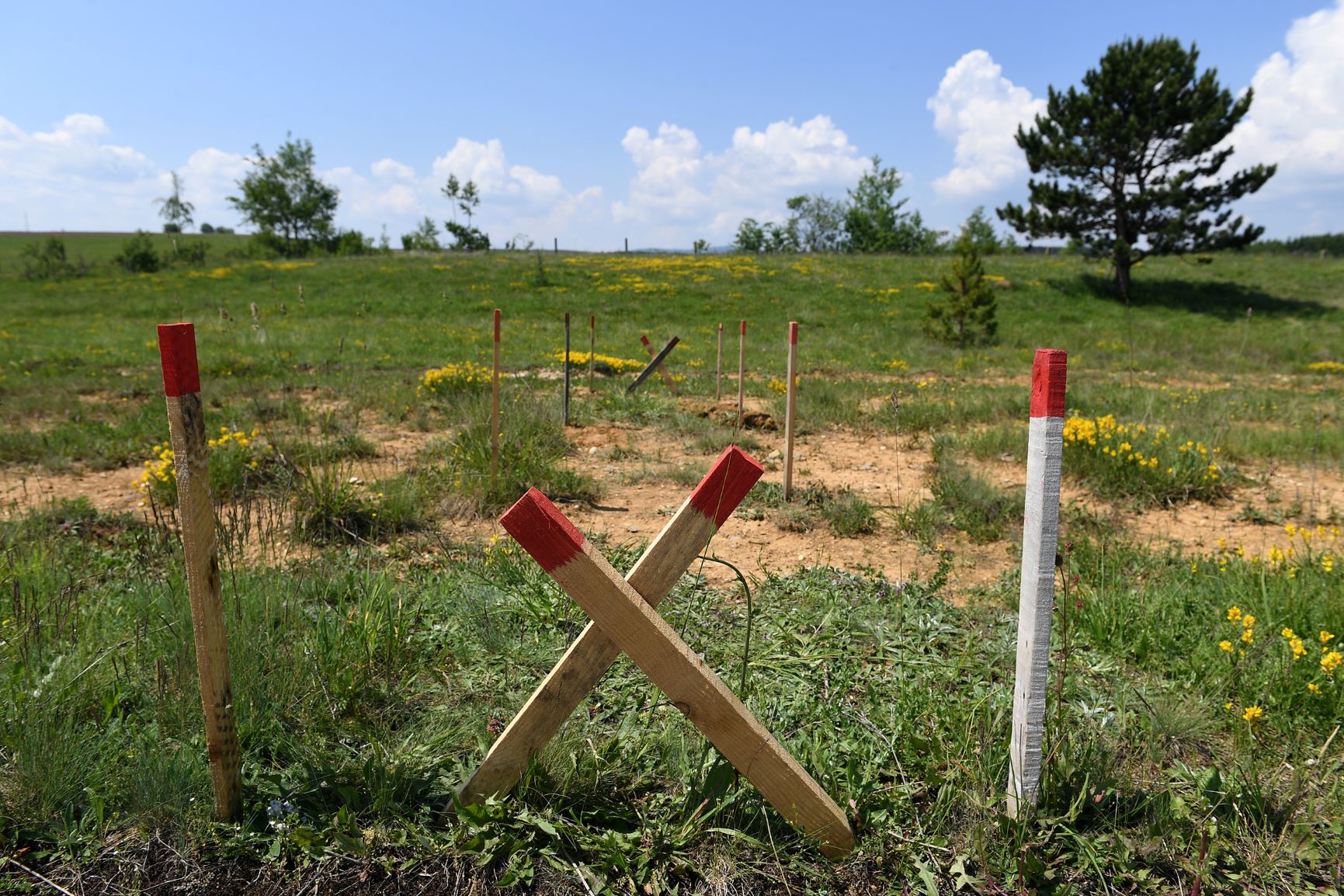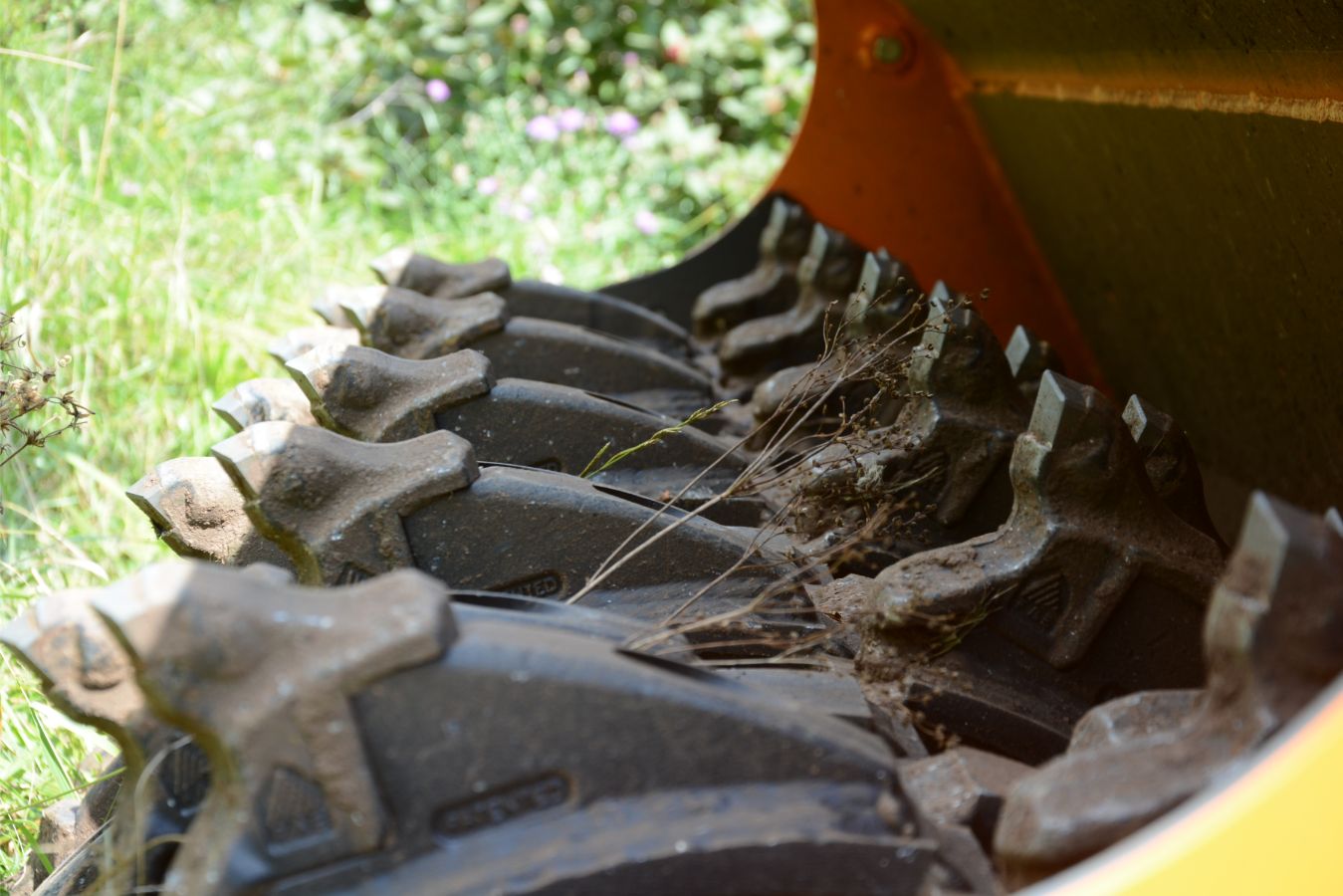- Explosive Ordnance Knowledge HUB
- Read Time: 5 mins
Mine ban (dis)agreement
by Kosta Isailović

The Convention on the Prohibition of Use, Stockpiling, Production and Transfer of Anti-Personnel Mines and on Their Destruction (or the so-called Ottawa Convention or the Mine Ban Treaty) is one of the world's most widely accepted treaties. It brings together 164 State Parties or over 80% of the world's countries are States Parties to the treaty. One of the main reasons for that is the recognition by the international community of the landmines’ detrimental effects, not just on the safety and security of the civilian population but on the broader development efforts as well.



